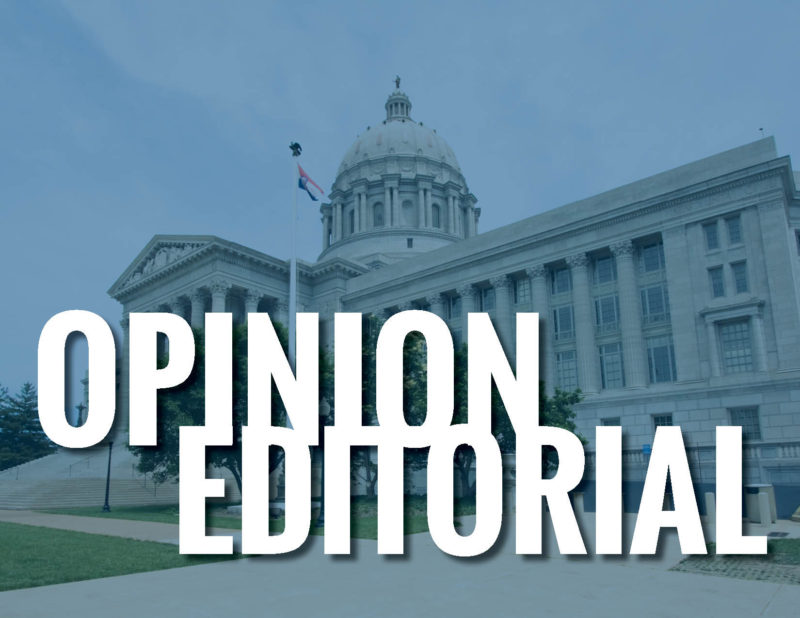By Wendy Doyle, President & CEO of the Women’s Foundation
At a time when two-thirds of Americans say the country is on the wrong track, one of the most promising trends in the country today is the record number of women running for office in this year’s midterm elections.
The number of female major party nominees in 2018 has shattered previous records. A total of 257 women are running for Congress this year, many of them first-time candidates who have never before served in public office.
This is encouraging news not only for women who will be more fairly represented in the halls of power, but for all Americans who will benefit from a more inclusive and representative government.
Research shows that having greater diversity in leadership positions increases public trust, improves decision-making, combats harassment and even boosts the bottom line. A study of 600 business decisions found that inclusive teams made better decisions 87 percent of the time, and delivered 60 percent better results.
In the wake of the #MeToo movement, there is also evidence that increasing gender diversity can help prevent sexual harassment and misconduct. A study by Pew found that women in mostly-male workplaces are more likely to report that sexual harassment as a problem where they work.
Bringing more diverse voices and backgrounds to the decision-making table also improves public trust. A representative democracy is supposed to be just that: representative of and responsive to the diverse communities it serves.
For all these reasons, the historic surge of women candidates this year will benefit everyone – Republicans and Democrats, and women and men alike.
But even if every woman running for Congress this year won her race, we would still fall short of our overall percentage of the population.
So how can we close the leadership gap more quickly? And how do we continue to break down the barriers that keep women, and especially women of color, from public leadership roles?
At the Women’s Foundation, our approach starts from the ground up – by asking women themselves.
We commissioned a first-of-its-kind study and found that one of the reasons why women hadn’t run for office was simple: they’d never been asked.
Women also expressed concerns that they didn’t have the necessary experience or knowledge. This is consistent with the findings of a widely-reported study by Hewlett Packard, which found that men apply for a job when they meet only 60% of the qualifications, but women apply only if they meet 100% of them.
At the same time, we noticed a staggering number of vacancies on civic boards and commissions. From economic development and tourism to professional licensure, these boards and commissions make crucial decisions for their states and communities – and they are typically filled by appointment, not election.
In Missouri alone there are no fewer than 40 boards and commissions that oversee occupational licensure. And if you’ve ever tried to become a licensed cosmetologist or a landscape architect, you know how important these boards and their licensing standards can be.
The appointments process also often relies on informal networks and personal connections, and as a result, these boards tend to be filled with industry insiders with a vested interest in maintaining the status quo.
We saw an opportunity to fill these gaps and meet the needs of both groups – women looking for ways to gain leadership experience and political executives looking for qualified appointees – with a solution we call the Appointments Project®.
The Appointments Project serves as a talent bank, advisor and advocate for women seeking appointed positions. It connects public officials with qualified candidates for their boards and commissions, and helps build a pipeline of women with the confidence and experience to run for higher office down the road.
Through trainings and webinars, the Appointments Project helps demystify the selection process, educate women about these lesser-known opportunities to serve and coach them on how to apply.
The result is more diverse voices at the decision-making table and better outcomes for everyone. To date, more than two dozen state and local governments have signed on, and nearly 100 women have been appointed.
This year’s boom of female candidates has been likened to a “pink wave.” But the problem with waves is they recede.
That’s why we all need to keep working to sustain and build on this progress, until our government finally reflects the rich diversity of the people it serves.
###


